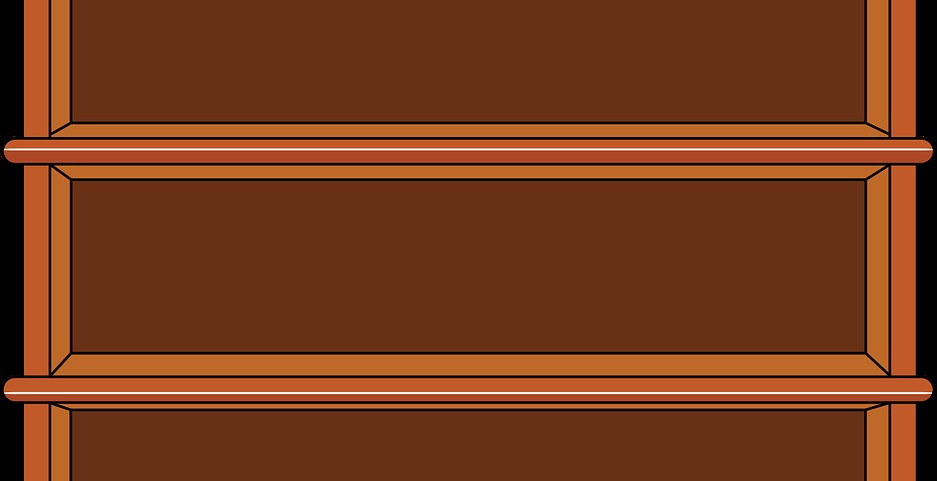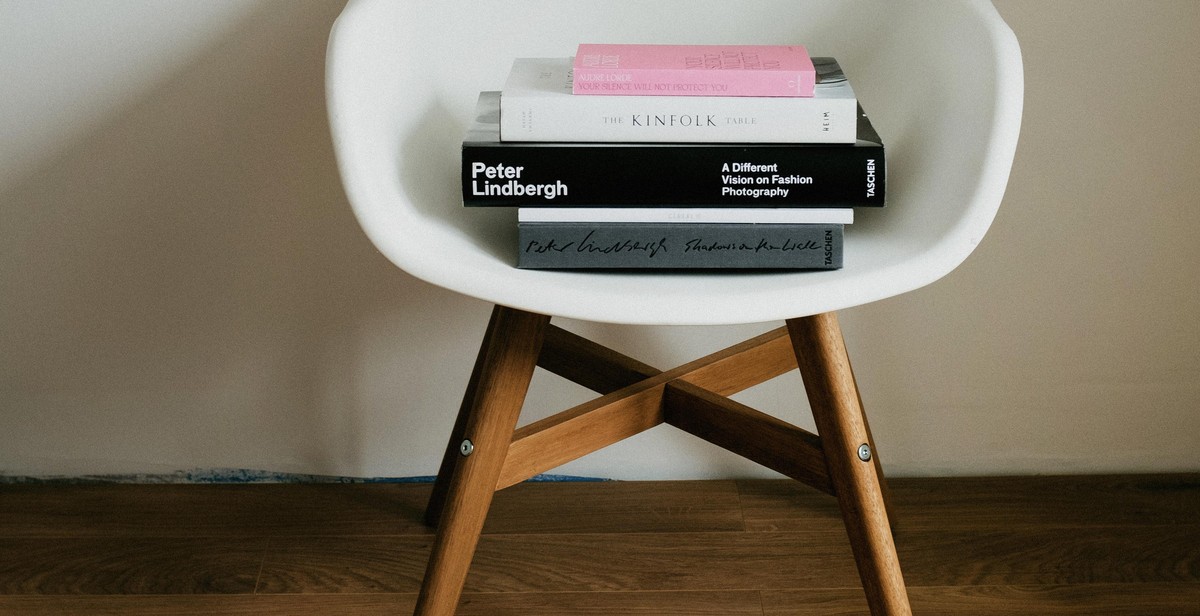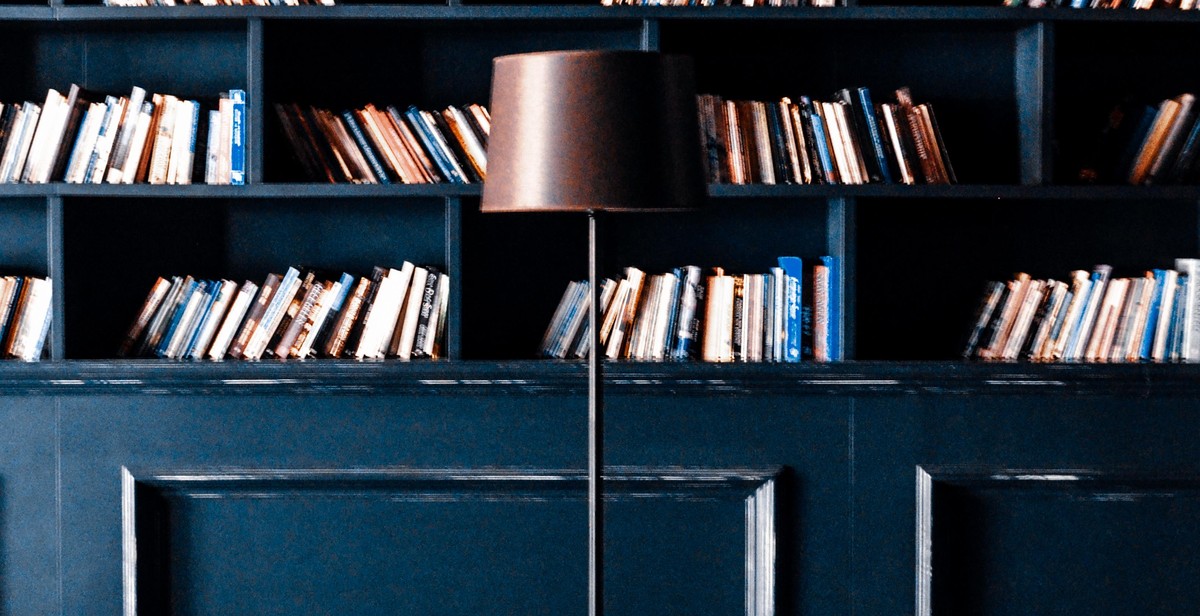How to Design a Functional and Stylish Home Library
A home library is more than just a room filled with books. It’s a space where you can escape from the outside world, relax, and immerse yourself in your favorite literary worlds. A home library is also a reflection of your personality and interests, and it can be a great way to showcase your book collection.
Why a Home Library is Important
A home library is important for several reasons. First and foremost, it provides a quiet and comfortable space where you can read, study, or work without distractions. It’s also a great place to display your book collection, which can be a source of pride and inspiration.
Additionally, a home library can help increase your knowledge and creativity. Reading books is a great way to learn new things, explore new ideas, and gain inspiration for your own projects. It can also help improve your critical thinking and problem-solving skills.
Designing a functional and stylish home library can seem like a daunting task, but with a little planning and creativity, you can create a space that is both beautiful and practical. In the following sections, we’ll explore some tips and ideas for designing a home library that meets your needs and reflects your personal style.

Step 1: Choosing the Right Space
Designing a functional and stylish home library requires careful consideration of several factors, including the purpose of the space, available space, lighting and temperature, and comfortable seating.
Consider the Purpose of Your Home Library
Before you start designing your home library, it’s essential to consider its purpose. Do you plan to use it primarily for reading, working, or as a space to display your book collection? Your library’s purpose will help determine the size, layout, and design elements you will need.
Assess the Available Space
Once you have established the purpose of your library, the next step is to assess the available space. Consider the size of the room, the layout, and any existing furniture or fixtures. You may need to remove or rearrange furniture to make space for your library.
Consider Lighting and Temperature
Lighting and temperature are essential elements to consider when designing your home library. Natural light is ideal, as it reduces eye strain and creates a comfortable atmosphere. If natural light is not possible, consider installing ambient lighting or task lighting to create a warm and inviting atmosphere. Additionally, ensure that the temperature of the room is comfortable and conducive to reading and working.
Create a Comfortable Seating Area
A comfortable seating area is crucial for any home library. Consider adding comfortable chairs or a sofa for reading or working. Also, ensure that the seating is positioned near natural light or proper lighting.
Image Search Query
It’s always a good idea to search for images of home libraries to get inspiration and ideas for your own space. Use keywords such as “home library design” or “cozy home library” to find images that match your style and purpose.
| Things to Consider | |
|---|---|
| Purpose of the space | Available space |
| Lighting and temperature | Comfortable seating |
| Image search query |

Step 2: Selecting the Right Furniture
After you have determined the space available for your home library, the next step is to select the right furniture. The furniture should be functional, comfortable, and stylish to create a cozy and inviting atmosphere for reading and studying.
Choose Functional and Comfortable Seating
Seating is an essential part of your home library. You need to choose functional and comfortable chairs or sofas that will allow you to sit for an extended period while reading your favorite book. Consider the size of your space and the number of people who will be using the library to choose the right seating options.
Select a Spacious Bookshelf
A spacious bookshelf is an essential element of your home library. It should be sturdy, spacious, and accommodate all your books and other reading materials. Consider the height and width of your bookshelf to ensure it fits your space and provides enough storage for all your books.
Consider a Desk or Workstation
If you plan to use your home library as a workspace, consider adding a desk or workstation. It should be comfortable and spacious enough to accommodate your computer, books, and other work materials. You can also add a comfortable chair to make your work environment more ergonomic.
Add a Cozy Rug and Decorative Accents
A cozy rug can add warmth and texture to your home library. Consider adding a rug with a soft and plush texture that will provide comfort while reading or studying. You can also add decorative accents such as artwork, throw pillows, and plants to make your library more inviting and stylish.
Image Search Query
When selecting furniture for your home library, it is essential to have a clear image of what you want. You can use image search queries to find inspiration and ideas for your home library furniture. Search for images of home libraries that match your style and preferences to get ideas for furniture and decor.

Step 3: Organizing Your Books
Once you have selected the books you want to include in your home library, the next step is to organize them. A well-organized library not only looks great but also makes it easy for you to find the book you want quickly. Here are some tips to help you organize your books:
Sort Your Books by Genre or Author
The first step in organizing your books is to sort them by genre or author. This will help you find a book quickly when you are looking for a specific title. You can also organize your books alphabetically by author or title, depending on your preference.
Create a System for Cataloging Your Books
Once you have sorted your books, create a system for cataloging them. You can use a spreadsheet or a book cataloging software to keep track of your books. Make sure to include the author, title, publisher, publication date, and ISBN number in your catalog. This will help you keep track of your books and ensure that you don’t lose any of them.
Consider Using Bookends and Bookmarks
Bookends and bookmarks are not only functional but also add a decorative touch to your home library. Bookends can be used to keep your books upright and organized, while bookmarks can be used to mark your place in a book. You can choose from a variety of bookends and bookmarks, including metal, wooden, or decorative options.
Image Search Query
If you have a large collection of books and are unsure how to organize them, try doing an image search query for “home library organization ideas.” This will give you plenty of inspiration for different ways to organize your books. You can also find ideas for bookshelf design and storage solutions to help you make the most of your space.
| Pros | Cons |
|---|---|
| Organizing your books makes it easy to find the book you want | Organizing your books can be time-consuming |
| Bookends and bookmarks add a decorative touch to your home library | You may need to purchase additional bookshelves or storage solutions to accommodate your collection |
| You can find inspiration for different ways to organize your books online | It may be difficult to decide on the best way to organize your books |

Step 4: Adding the Finishing Touches
Now that you have designed and organized your home library, it’s time to add the finishing touches that will make it feel personalized and complete. Here are some ideas:
Add Decorative Accents and Artwork
Decorative accents and artwork can add color, texture, and visual interest to your home library. Consider adding decorative objects such as bookends, vases, or sculptures. You can also hang artwork or display framed photos on shelves or walls.
Include Personal Touches and Memorabilia
Your home library is a reflection of your personality and interests, so don’t be afraid to include personal touches and memorabilia. Display items such as family photos, travel souvenirs, or collectibles on shelves or in display cases. These items will add a personal touch to your library and make it feel like a true reflection of your life.
Consider Adding Plants or Fresh Flowers
Plants or fresh flowers can add a natural element to your home library and make it feel more inviting. Consider adding a potted plant or vase of fresh flowers to a tabletop or shelf. Not only will they add visual interest, but they can also help purify the air and create a more relaxing atmosphere.
Image Search Query
If you’re looking for inspiration for your home library’s finishing touches, consider doing an image search query for “home library decor.” You’ll find plenty of ideas for decorative accents, artwork, and personal touches that you can incorporate into your own library.
With these finishing touches, your home library will be a functional and stylish space that you’ll love spending time in.

Conclusion
Designing a functional and stylish home library is an excellent way to add value to your home and create a personal space where you can escape from the hustle and bustle of daily life. Whether you are an avid reader or simply love the idea of having a cozy reading nook, there are many ways to create a beautiful and functional home library.
Key Takeaways
- Start by assessing your space and determining what type of library you want to create.
- Consider your storage needs and choose shelving that is both functional and stylish.
- Select comfortable seating and lighting that will enhance your reading experience.
- Don’t forget to add personal touches, such as artwork, decorative items, and meaningful objects.
Final Thoughts
Creating a personal and functional home library can be a fun and rewarding project. By following the tips and advice outlined in this article, you can design a space that reflects your unique style and meets your reading needs. Remember to take your time, be creative, and have fun!
